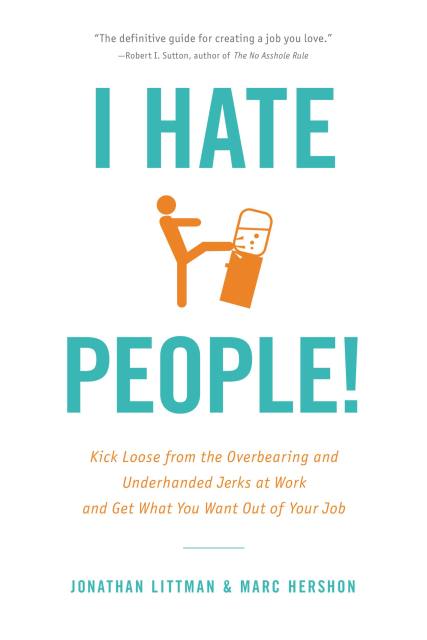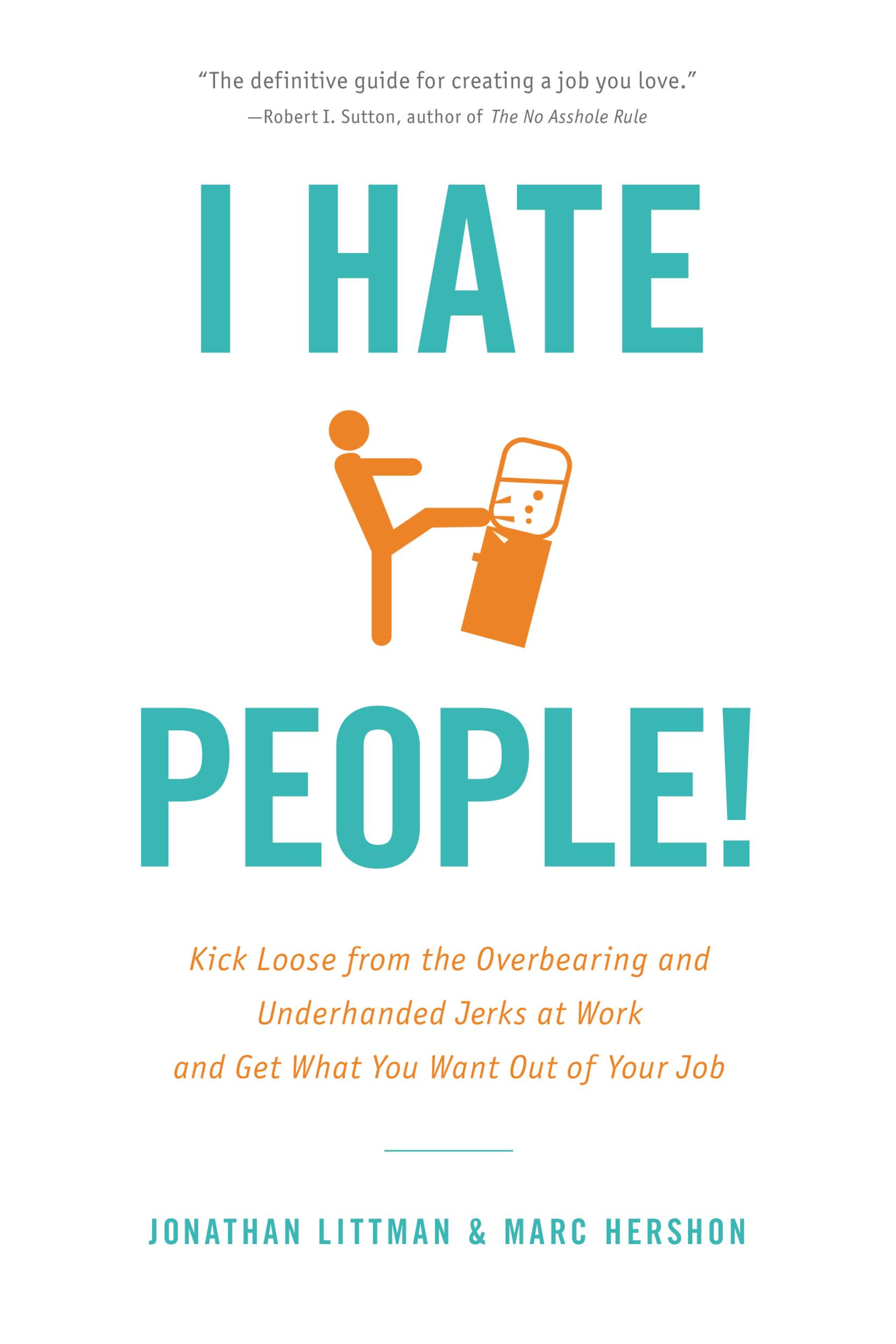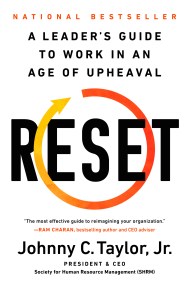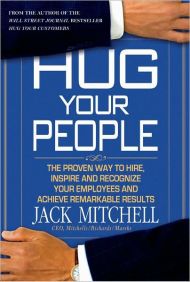By clicking “Accept,” you agree to the use of cookies and similar technologies on your device as set forth in our Cookie Policy and our Privacy Policy. Please note that certain cookies are essential for this website to function properly and do not require user consent to be deployed.
I Hate People!
Kick Loose from the Overbearing and Underhanded Jerks at Work and Get What You Want Out of Your Job
Contributors
By Marc Hershon
Formats and Prices
Price
$12.99Price
$16.99 CADFormat
Format:
- ebook $12.99 $16.99 CAD
- Hardcover $36.00 $46.00 CAD
This item is a preorder. Your payment method will be charged immediately, and the product is expected to ship on or around June 10, 2009. This date is subject to change due to shipping delays beyond our control.
Also available from:
Learn to fly right by the “Stop Sign” (nay-sayer) and rise above the pronouncements of the “Know-it-None.” I Hate People! will teach you how to carve out more time for yourself by becoming a “Soloist” — one of those bold individuals daring to work alone or collaborate with a handful of other talented people….while artfully deflecting the rest.
- On Sale
- Jun 10, 2009
- Page Count
- 272 pages
- Publisher
- Little, Brown and Company
- ISBN-13
- 9780316053389
Newsletter Signup
By clicking ‘Sign Up,’ I acknowledge that I have read and agree to Hachette Book Group’s Privacy Policy and Terms of Use







